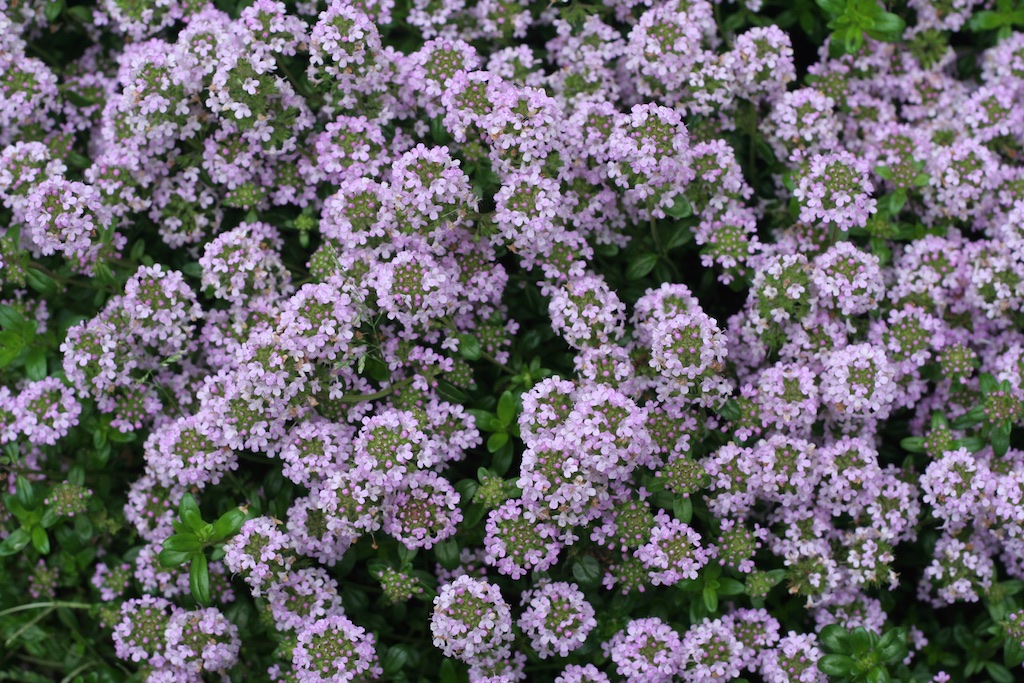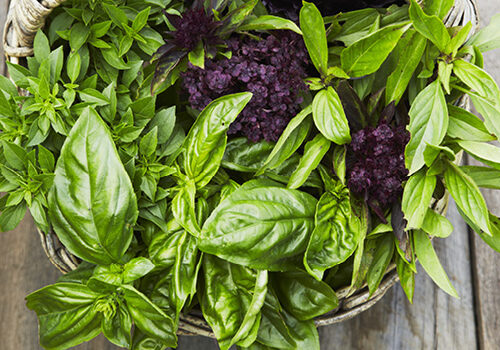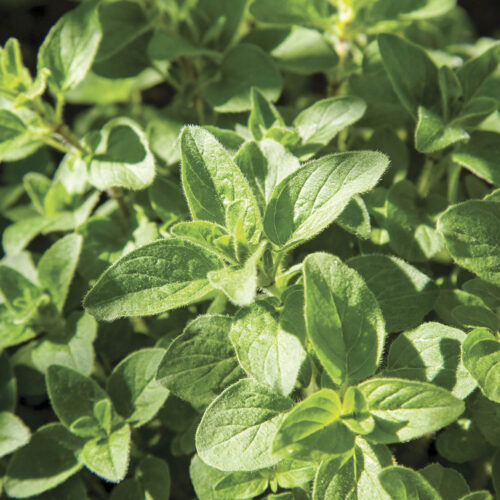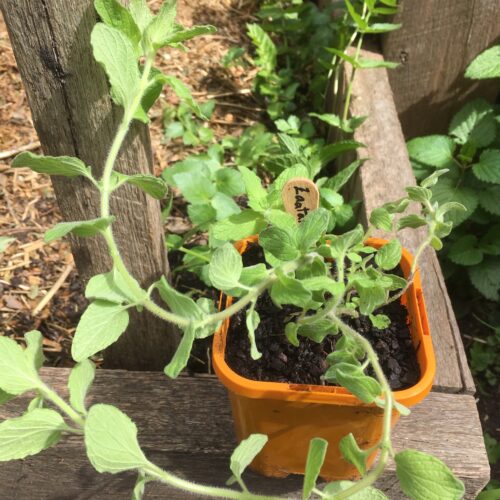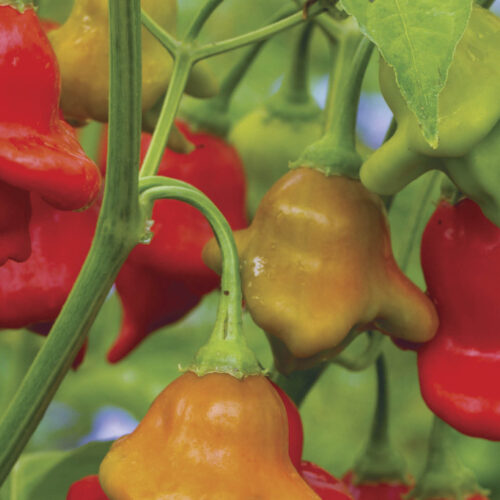It’s time for thyme
2016-11-22T00:53:24+11:00
Ground-cover thymes can be tough and versatile in the garden, says PENNY WOODWARD.
Cretan thyme (Thymus longicaulis subsp. chaubardii) and other ground-cover thymes will grow from sub-tropical to cold-temperate regions. Many are in flower at present so you can see what they look like before planting. Ground-cover thymes need full sun and very well-drained soil. They are very useful to cover bare patches, or when planted around the edges of vegie gardens, as they are little competition to nearby plants. They are also wonderful for attracting bees and other beneficial insects, so plant them near fruit trees and vegetables that need insects for pollination.
Thymes don’t like to be wet, so if your soil is heavy and stays damp, try spreading a layer of scoria or pebbles over the surface, so that the thyme stems spread over and sit on this rather than the damp soil, and nudge their roots to the soil below. Or grow them in pots or even hanging baskets, where they will trail over the side.
There are many different cultivars and varieties of these lovely old-fashioned thymes, including woolly, golden, caraway and westmorland, but one of the toughest and most drought tolerant I have grown is T. longicaulis subsp. chaubardii. This delightful Cretan native thyme has glossy green leaves and soft rose-pink flowers and grows to only about 2cm tall. It needs no special care. Just plant and forget, until it comes into flower from early spring to early summer, when it is a joy. I planted one small pot two years ago and it has now spread over about two square metres. Unlike some ground-cover thymes, which have no scent, this one has undertones of lavender while also being savoury and slightly lemony. Try growing it in a swathe and allow bulbs to grow up through it.

